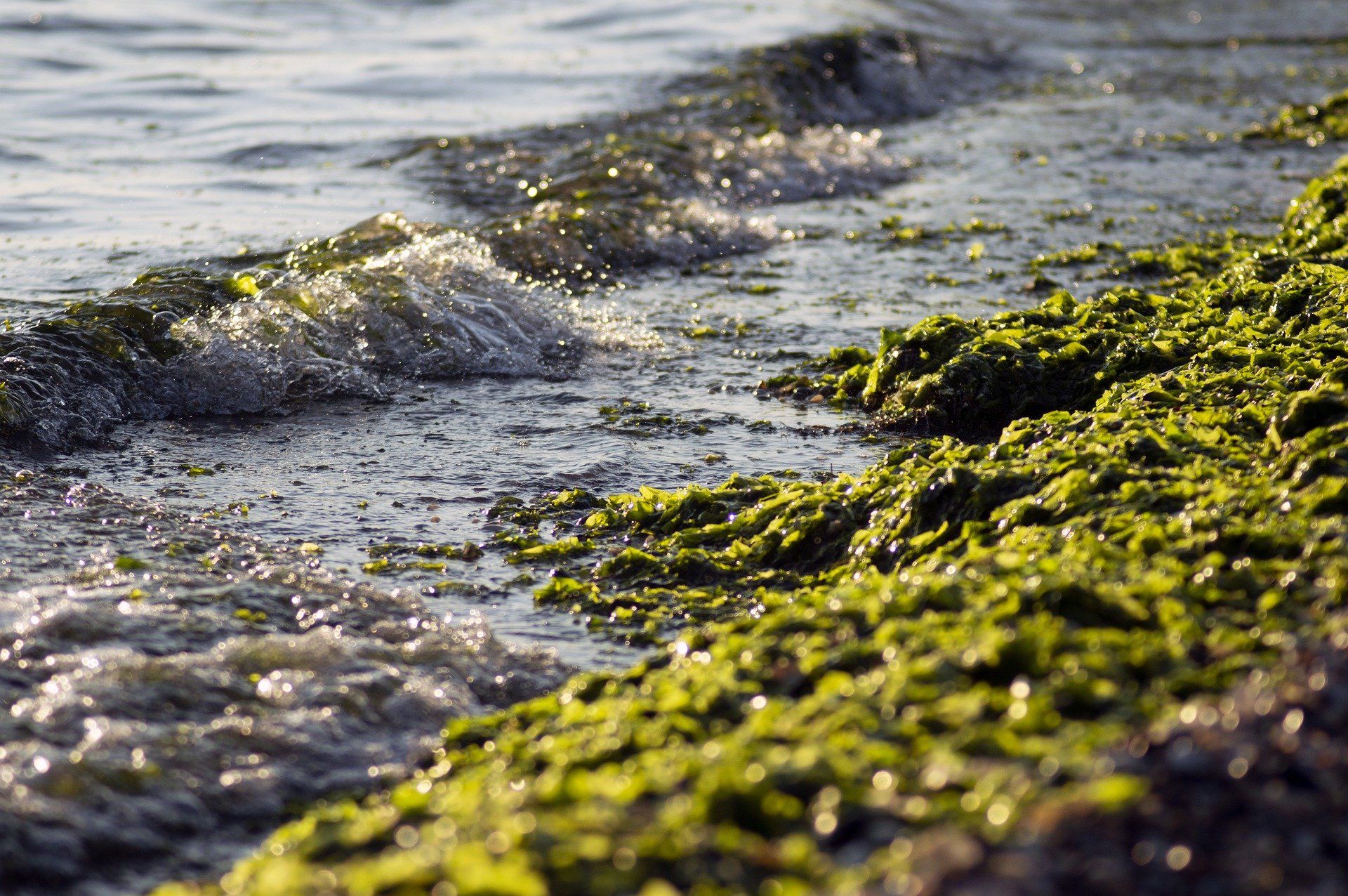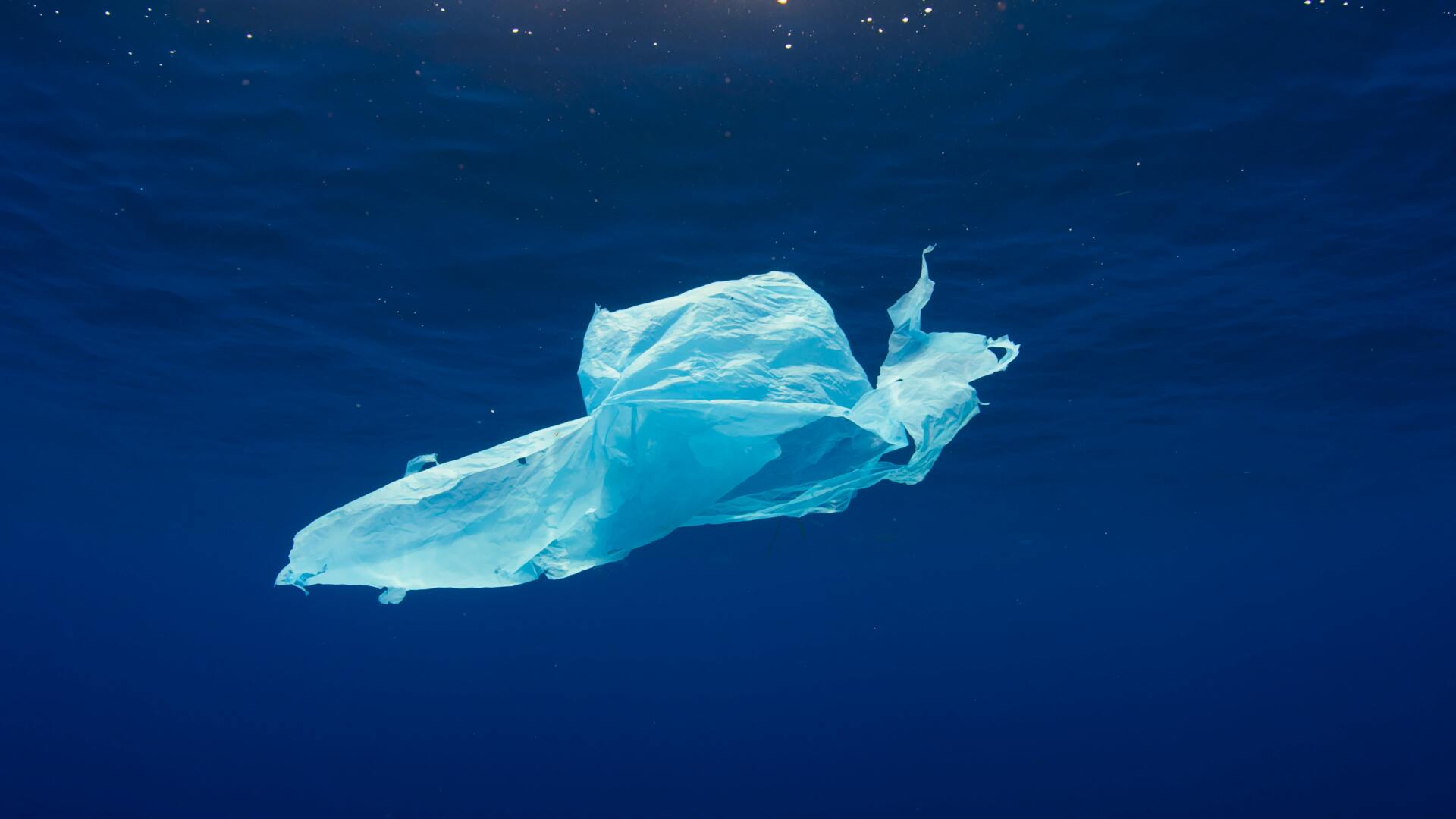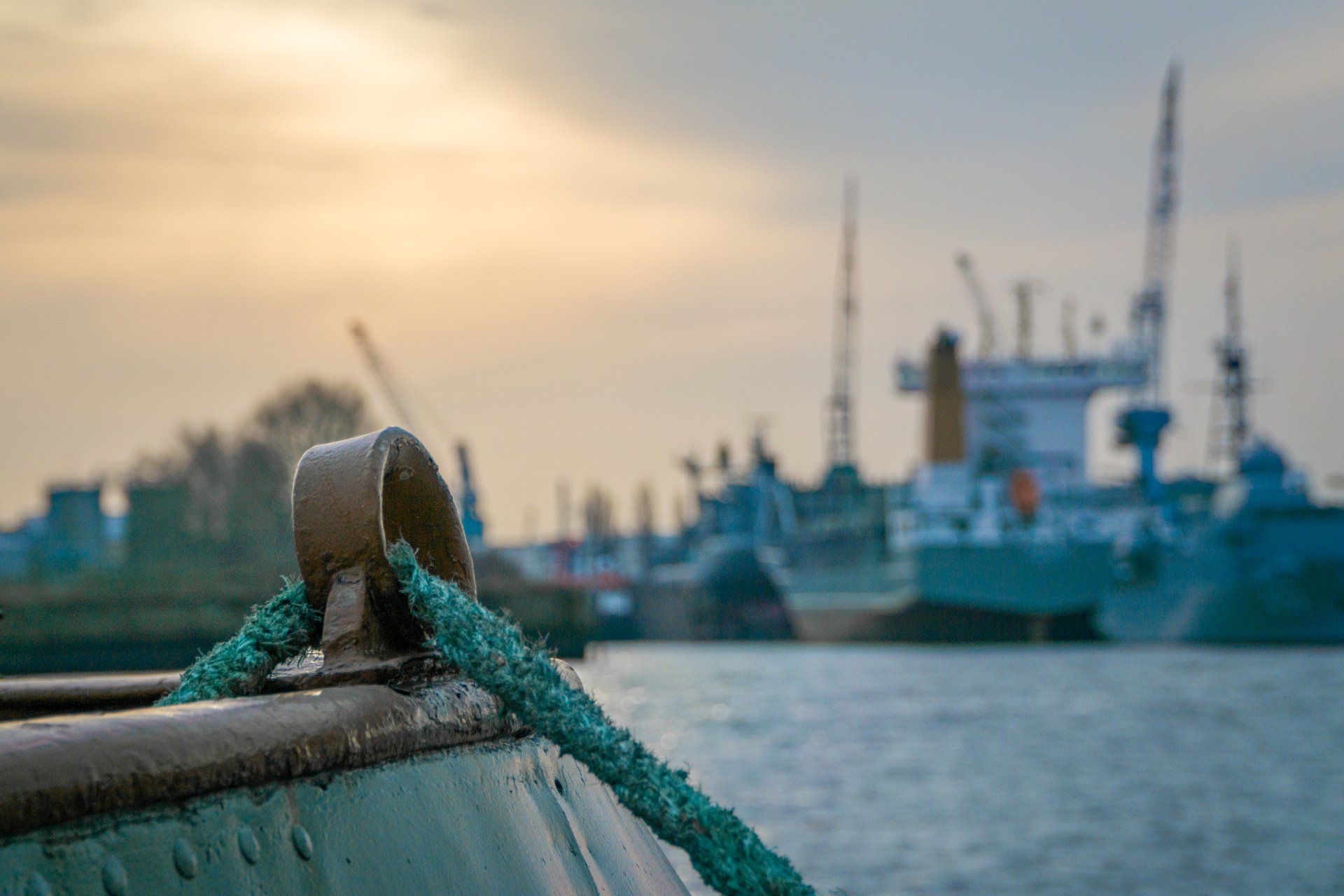Our Working Areas
In order to strengthen its efforts and promote joint action to restore the environment of the Baltic Sea, CCB has 4 main Working Areas that are important for all its members: Eutrophication, Biodiversity, Hazardous Substances and Maritime.
All four areas have cross-cutting elements - such as climate change mitigation or awareness raising activites -
and are impossible to fully separate. Moreover, CCB supports a transition to Ecosystem Based Management, “traditional” divisions are not helpful since we need to see each problem more interlinked. We create and use the division to organise the work, but activites overlap with respect to policies and intended impacts.



